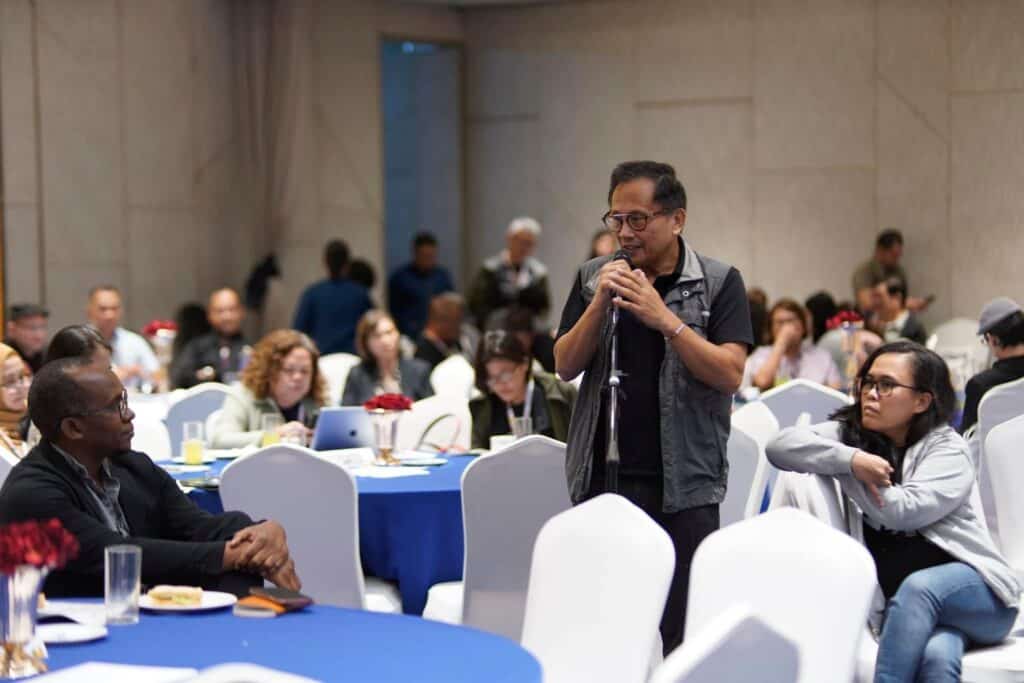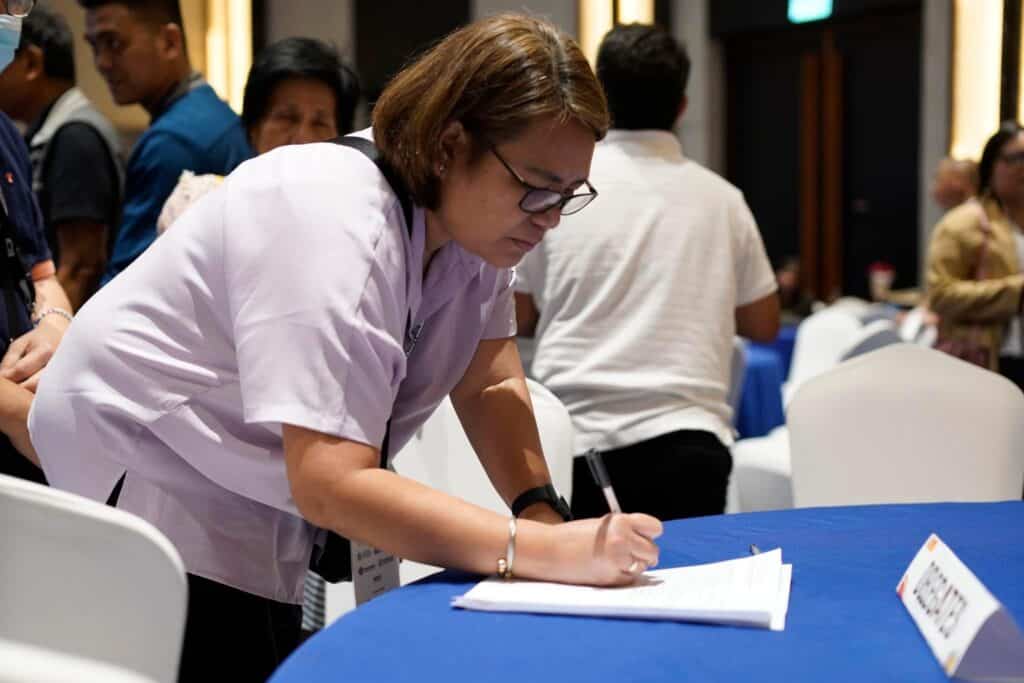In the recent success of the inaugural Philippine Media Safety Summit held at the Luxent Hotel in Quezon City on May 2–3, a declaration was yielded, amplifying the call for protection and safety among Filipino journalists.
The two-day summit, held in commemoration of World Press Freedom Day and themed “Surviving Pandemics and Provocations: Challenging Current Paradigms,” geared up media practitioners with discussions regarding the country’s state of media safety, human rights as an anchor for ensuring journalists’ safety, and the gains and gaps in addressing safe, secure, and sustainable journalism for Filipinos.
Amid the evident looming danger encapsulated in practicing journalism in the country, delegates from various news and media organizations nationwide, including BicoldotPH, joined the event in firm rapport to the Philippine Media Safety Summit Declaration: A Call for the Protection and Safety of Journalists in the Philippines.
Through the declaration, the Philippine Plan of Action on the Safety of Journalists (PPASJ) further emphasizes its goals to strengthen public trust, improve work conditions, protect journalists against attacks through strong legal and social structures and mechanisms, counter impunity through just prosecution, and increase the public’s knowledge of the role of media in society.
In order for these goals to be realized, media organizations and journalists, along with academic institutions, and human rights advocates want to emphasize the following:
1. That the government should perform its Constitutional mandate and duty to stop the killings and all forms of violence against citizens including mainstream and campus journalists and media workers, and to properly investigate crimes committed against them, including “red-tagging,” trolling, and other forms of online hate and violence. The government should work for the immediate release of journalists wrongfully charged and imprisoned without cause.
2. That media owners should recognize the rights of journalists and staff to form associations and unions; provide fair and decent living wages, and an inclusive and gender-fair environment and safe workplaces, allowing journalists and staff to work without external pressure. While these workplaces are adapted to the latest technology, such as AI, their business models should not allow the deskilling, marginalization, and displacement of journalists.
3. That media organizations should support journalists to perform their roles effectively, and provide legal and psycho-social support especially if they are terminated, threatened, or killed.
4. That newsrooms and media organizations should provide the necessary skills, materials, training, and other resources to journalists, especially those going to hostile coverages, to ensure their safety and protection in the line of duty.
5. That journalists and media organizations should perform their work to the highest standards of their craft and provide to the best of their ability balanced and accurate reportage of events. They should hold themselves accountable to whatever they release to the public and encourage feedback and corrections of their lapses.
6. That media organizations and journalist associations should extend support to colleagues by coming up with mechanisms to publish or broadcast stories and images which are otherwise suppressed for reasons of safety, self-censorship, and lack of support, by releasing them in their news organizations and other independent platforms, and in collaboration with other journalists and media outlets in the spirit of solidarity.
7. That small and micro media organizations should be given support to sustain their operations and ensure their longevity by linking them with funding institutions and nonprofit groups that invest on communication and media projects based in communities. Support should also include intergenerational exchanges of views and sharing of skills to ensure the survival of hyperlocal media organizations that answer the informational needs of the community.
8. That media organizations should explore diverse business models, various revenue streams, narrative techniques for local stories, distribution and marketing channels, and financial strategies including training services, monetizing the content, images, and archives, without sacrificing ethics, truthfulness, and other journalistic values.
9. That media organizations and journalists should engage with policy makers and legislators in relation to laws concerning security and welfare issues of journalists and media workers, including the repeal of the Anti-Terror Law and Cyber Laws which became the basis for cyberlibel, “red-tagging” of journalists, surveillance and profiling of journalists, and capturing their digital footprints to be turned against them.
10. That the role of multi-platform audio content coming from legacy radio, fringe internet radio and podcast producers should be revisited as a strategy of connecting with communities through streaming.
11. That there should be dialogue between media groups and funders on how to rationalize fund use through capacity building so that journalists can focus on writing their stories and not be tied down by drawn-out financial procedures.
These guidelines establish a firm foundation, ensuring every journalist’s right to safety in performing their job and further equipping their skills to uphold the highest standard of balanced and accurate reportage.
Local journalists led breakout sessions addressing the existing vulnerabilities among Filipino media workers. They shared their experiences navigating a rapidly evolving media landscape, discussed the challenges they encountered, and explored methods for enhancing journalism education in media safety. | Denisse Mae Laganzo



Photos: Philippine Media Safety Summit
